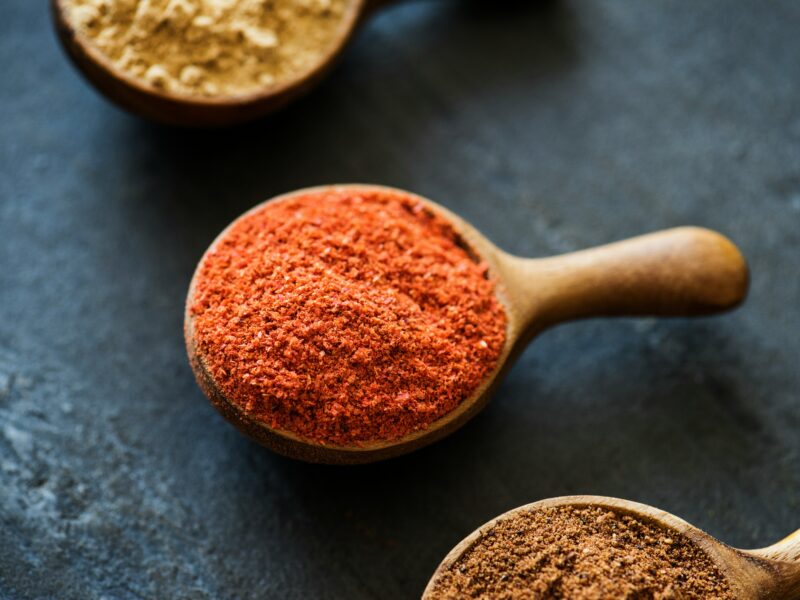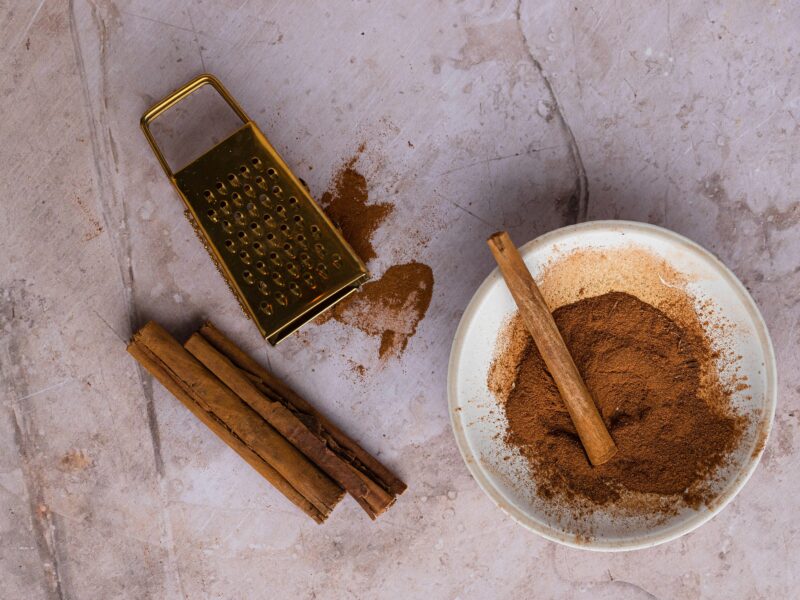Anise seeds are small, aromatic seeds known for their distinctive licorice-like flavor. These seeds have been used for centuries in cooking and herbal remedies, particularly in Mediterranean and Middle Eastern cuisines. With their sweet, slightly spicy taste, anise seeds add depth and complexity to both savory and sweet dishes. From stews and soups to desserts and drinks, anise seeds can elevate your cooking with their unique flavor. Let’s explore what makes anise seeds special, and how they can be used in your kitchen.
Origin and cultivation
Anise seeds come from the Pimpinella anisum plant, which is native to the Eastern Mediterranean and parts of Asia. The plant produces small, oval seeds that are harvested once the flowers bloom and the seeds ripen. These seeds are then dried and used for culinary purposes, either ground or whole.
Anise has been cultivated for thousands of years, valued for its sweet, licorice-like flavor. Today, it is grown in regions with warm, dry climates, particularly in countries such as Spain, Turkey and Egypt.
What does anise seed taste like?
Anise seeds have a sweet, licorice-like flavor that is both aromatic and slightly spicy. The flavor is similar to fennel but with a more intense licorice taste. It has a mild, soothing sweetness that balances well with both savory and sweet ingredients, adding depth to dishes without overpowering them.
Flavor nuances
- Sweet, licorice-like flavor
- Slightly spicy with herbal undertones
- Pairs well with cinnamon, cloves, ginger, and citrus
Anise seed substitutes – what can you use instead?
If anise seeds are unavailable, several substitutes can mimic their sweet, licorice-like flavor.
- Fennel seeds: These seeds have a similar licorice flavor but are milder and slightly sweeter.
- Caraway seeds: A good substitute in savory dishes, caraway offers an earthy flavor with some spice but lacks the sweetness of anise.
- Licorice root: Provides a similar licorice taste, but it is more potent and should be used sparingly.
- Cinnamon and cloves: If you’re looking for a flavor
to substitute anise in baked goods or desserts, cinnamon and cloves can provide warmth with a touch of sweetness.
Difference between anise seeds and star anise
It’s important to not confuse anise seeds with star anise. While both share a similar licorice-like flavor, they come from different plants and have distinct characteristics:
- Anise seeds: Come from the Pimpinella anisum plant, a herb that is part of the carrot family. The seeds are small, oval-shaped, and are commonly used in cooking and baking for their mild, sweet flavor.
- Star anise: Comes from the fruit of the Illicium verum tree, which is native to China. Star anise has a stronger, more intense licorice flavor and is typically used in spice blends, savory dishes, and beverages. The fruit is star-shaped and is much larger than anise seeds.
How to use anise seed in cooking
Anise seeds are highly versatile and can be used in both savory and sweet dishes. Their sweet and slightly spicy flavor makes them an ideal ingredient in spice blends, stews, baked goods, and beverages.
In savory dishes:
- Stews and curries: Adds a sweet, licorice-like flavor to meat and vegetable-based stews and curries.
- Roasted meats: Anise seeds pair well with roasted lamb, enhancing the flavor of the meat with their unique sweetness.
- Broths and soups: Can be used in broths or soups to add depth and complexity, particularly in Mediterranean dishes.
In sweet dishes:
- Cookies and cakes: Anise seeds are often used in traditional cookies or cakes, such as Italian biscotti or spice cakes, where their sweetness is balanced with other warm spices.
- Aniseed syrup: A sweet syrup made from anise seeds, commonly used in beverages or as a topping for desserts.
- Anise-flavored drinks: Anise seeds are a key ingredient in beverages like ouzo, pastis, or anise tea, where they provide a refreshing, licorice taste.
- Almond and aniseed nougat : A traditional cookie where anise seeds provide a sweet, aromatic flavor
- Aniseed cookies: A sweet, chewy treat with crunchy almonds and a hint of aniseed flavor
Cooking tips:
- ✔ Anise seeds have a strong, sweet flavor, so it’s best to use them sparingly. A little goes a long way, especially in baked goods or soups.
- ✔ Store anise seeds in an airtight container in a cool, dark place to preserve their flavor. Whole anise seeds last longer than ground anise.
- ✔ Anise seeds pair well with warm spices like cinnamon, cloves, and ginger, and they also complement citrus, making them perfect for desserts and beverages.
Where can you buy anise seeds?
Anise seeds are widely available at most grocery stores, especially those with an international or spice section. You can also find them at specialty Mediterranean, Middle Eastern, or Indian markets. Online retailers offer both whole and ground anise seeds, and you may also find anise oil for use in recipes.
Why anise seeds deserve a place in your kitchen
Anise seeds offer a sweet, licorice-like flavor that enhances both savory and sweet dishes. Whether used in curries, roasted meats, baked goods, or beverages, anise seeds provide a unique and refreshing flavor that can elevate your meals. Their ability to pair with a wide variety of other spices and ingredients makes them an essential addition to your spice cabinet.


